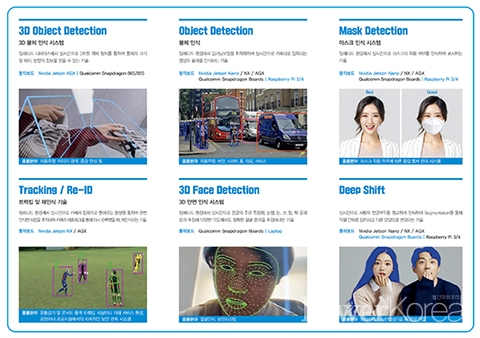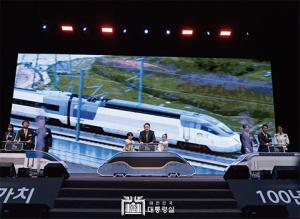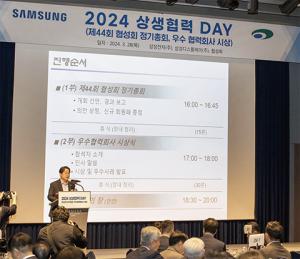 |
||
| ▲ Deep ET / CEO Yong Beom Cho | ||
Gone are the days when AI was the stuff of science fiction. AI technology is already being applied in a myriad of fields, and there are even AIs that can be used by the general public, such as ChatGPT. However, it is often difficult for the general public to understand what AI is and how it can be utilized. This is because AI is difficult to utilize in many fields due to its nature, and this is a barrier to the AI industry. For the development of the AI industry, it is necessary to find a way to break this barrier.
 |
Technologies to lighten and optimize AI
From B2B to B2C with AI
Deep ET (CEO Yong Beom Cho) is a AI company that has the technology to lighten and optimize AI by reducing the layers that AI accumulates as it deeply learns, thereby reducing the size of the required devices. CEO Cho, who is also a professor at Konkuk University, is no stranger to AI, having earned her PhD in the U.S. in the 1980s and 1990s, when AI was still a science fiction story for most of us. He developed the world’s first AI semiconductor. When asked about drawbacks of AI today, he said “A lot of AI right now tends to be show-and-tell unless it’s a B2B model.” Even if you develop a good AI, the business that uses it receives the revenue, and the AI developer does not make a profit. As a result, the AI industry is structured in such a way that it is limited to showing AI technology or developing and providing AI to businesses in a B2B model. “Eventually, to monetize, you have to move to a B2C model, and right now AI is not something that people can buy” said Cho. As a result, there are currently many AIs aimed at the general public, such as ChatGPT, but they are still lacking in business models. Thinking that the reason for this problem is that AI technology is difficult to use for general users, Cho researched embedded technology to compensate for this. As a result, he developed YBPU (YB Processing Unit). It is a framework created with proprietary technology and an engine that can lighten and optimize AI frameworks developed for use on PCs and cloud services so that they can be used on embedded boards and IoT boards.
 |
Optimization by reducing unnecessary layers with the YBPU engine
It can be used for autonomous driving and most other AI applications
One of the things holding back AI progress is cost. The boards that AI can run on are high-performance and expensive. One way to reduce this is to coordinate with AI installed on an external server or in the cloud, but this is prone to problems if the internet connection becomes unstable or if the transmitted information is contaminated. This is especially true when it comes to autonomous driving as it directly leads to an accident. To compensate for these issues, Deep ET has developed a technology that enables AI to run on relatively low-cost boards through its homegrown API YBPU. YBPU provides an API that allows you to use already trained deep learning modules with custom optimizations for most of the embedded boards available in the market today. In particular, the lightweighting and optimization process enables Auto-ML to select the conditions for the target board to perform optimally, making the AI framework work on low-end boards. YBPU can identify and remove the unnecessary layers that AI adds when doing deep learning. This is especially true in autonomous driving, where AI is being used most actively, but it also allows AI to be installed on cheap, small boards without a GPU, which can significantly reduce the size and price of any machine. The cost of running AI over the air is further reduced by eliminating the need for large servers or clouds and also the time it takes to send data over the air. In addition to lightweight AI that can recognize a person or object that suddenly appears in the back of a car, Deep ET has been developing AI that can operate on low-cost boards and chips, including AI that can recognize license plates, recognize the face of a missing person, and find abnormalities through photos of the inside of the ear. As part of this development, the company is also leading the way in 3D object recognition, mask recognition, tracking and re-identification, and 3D face transplantation.
권동호 기자 dongho2010@naver.com







